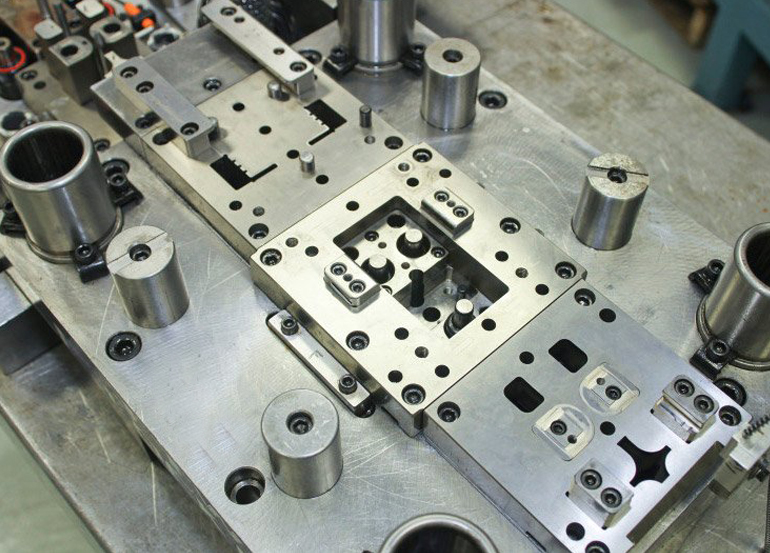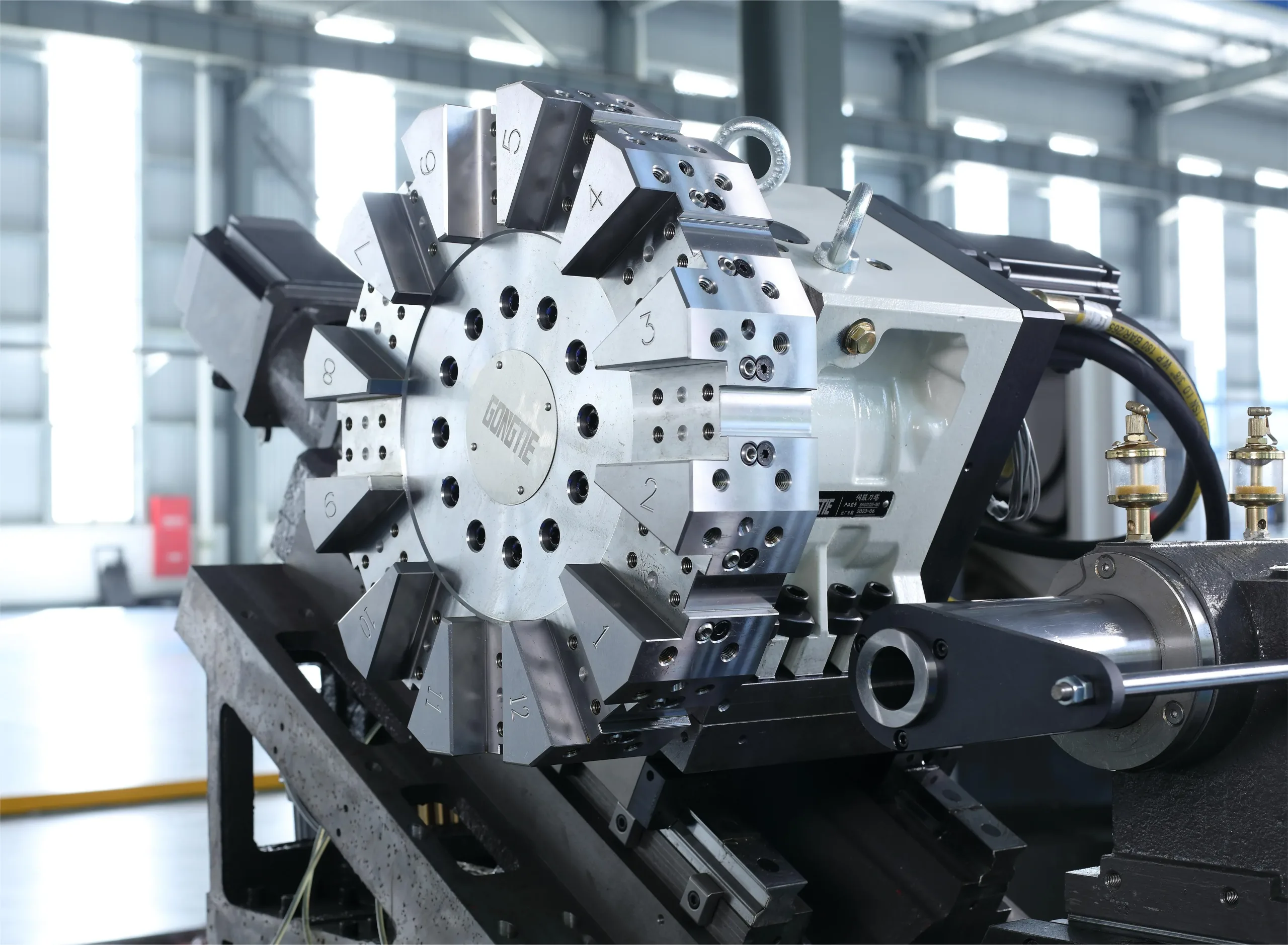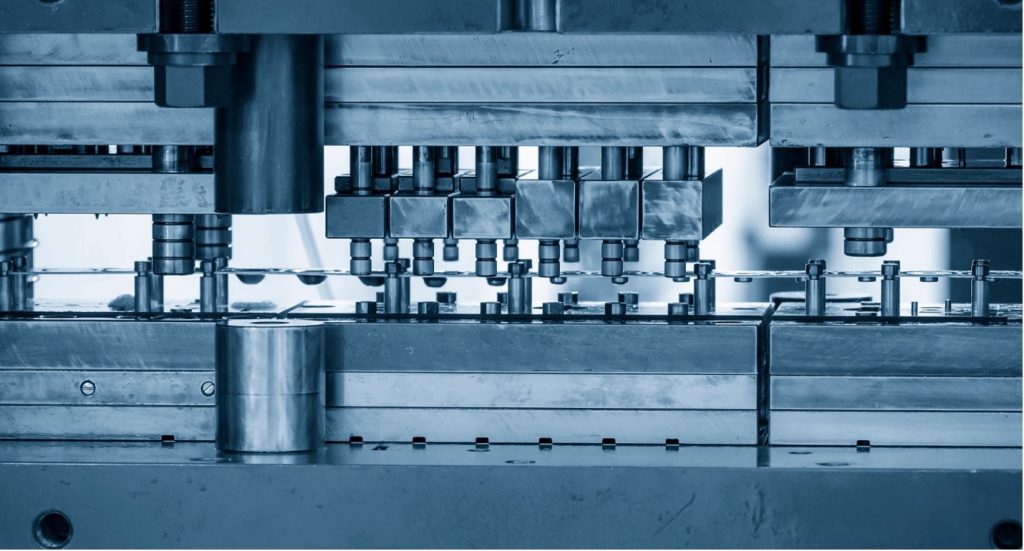Die Components Fabrication is a cornerstone of efficient metal forming processes, especially in high-demand industries. Precision directly affects the quality, consistency, and durability of stamped or formed parts. Inaccuracies in die components can lead to misaligned tooling, excessive material waste, and increased maintenance downtime. Hence, achieving micron-level tolerance in die manufacturing isn’t just beneficial—it’s essential.
Precision Drives Process Stability and Output Quality
Maintaining precise dimensions in die components allows forming processes to stay stable under high-speed and high-pressure conditions. A slight deviation can cause inconsistent force distribution or improper alignment, leading to flawed parts or press damage. High-precision fabrication minimises these risks by ensuring every stroke meets engineering specifications.
Additionally, consistent precision results in predictable cycle times and lower defect rates. This not only improves overall equipment effectiveness (OEE) but also supports lean manufacturing objectives. When dies are made to exact specifications, secondary operations like trimming or machining are reduced, resulting in faster throughput and lower costs.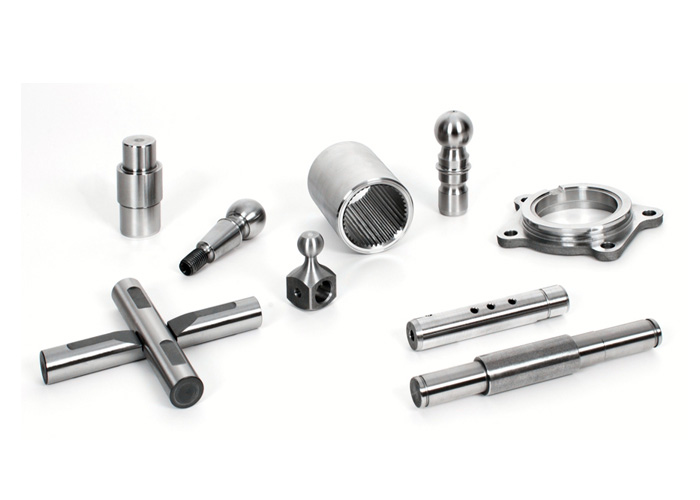
Material Behaviour Demands High-Tolerance Components
Different materials react uniquely during forming. For example, high-strength steel requires different forming pressures and die clearances than aluminium or brass. Precision in Die Components Fabrication allows these differences to be accounted for from the outset. Tight tolerances ensure that each material deforms predictably, which is vital for structural integrity.
Furthermore, surface finishes on critical components, such as punches and dies, can impact lubrication performance and material flow. Achieving optimal finishes requires precision grinding and polishing techniques. These factors, when combined, contribute to an extended die life and more consistent part output.
Innovation in Fabrication Enhances Die Longevity
New manufacturing technologies have revolutionised the Fabrication of Die Components. Additive manufacturing, advanced coatings, and improved heat treatments have extended the lifespan of key components. These innovations reduce tool wear and help maintain edge sharpness, surface hardness, and dimensional stability over time.
Equally important is the role of simulation software in predicting tool stress and wear patterns. By understanding where precision is most critical, manufacturers can design more durable components. These digital tools, when paired with skilled craftsmanship, ensure superior performance in demanding production environments.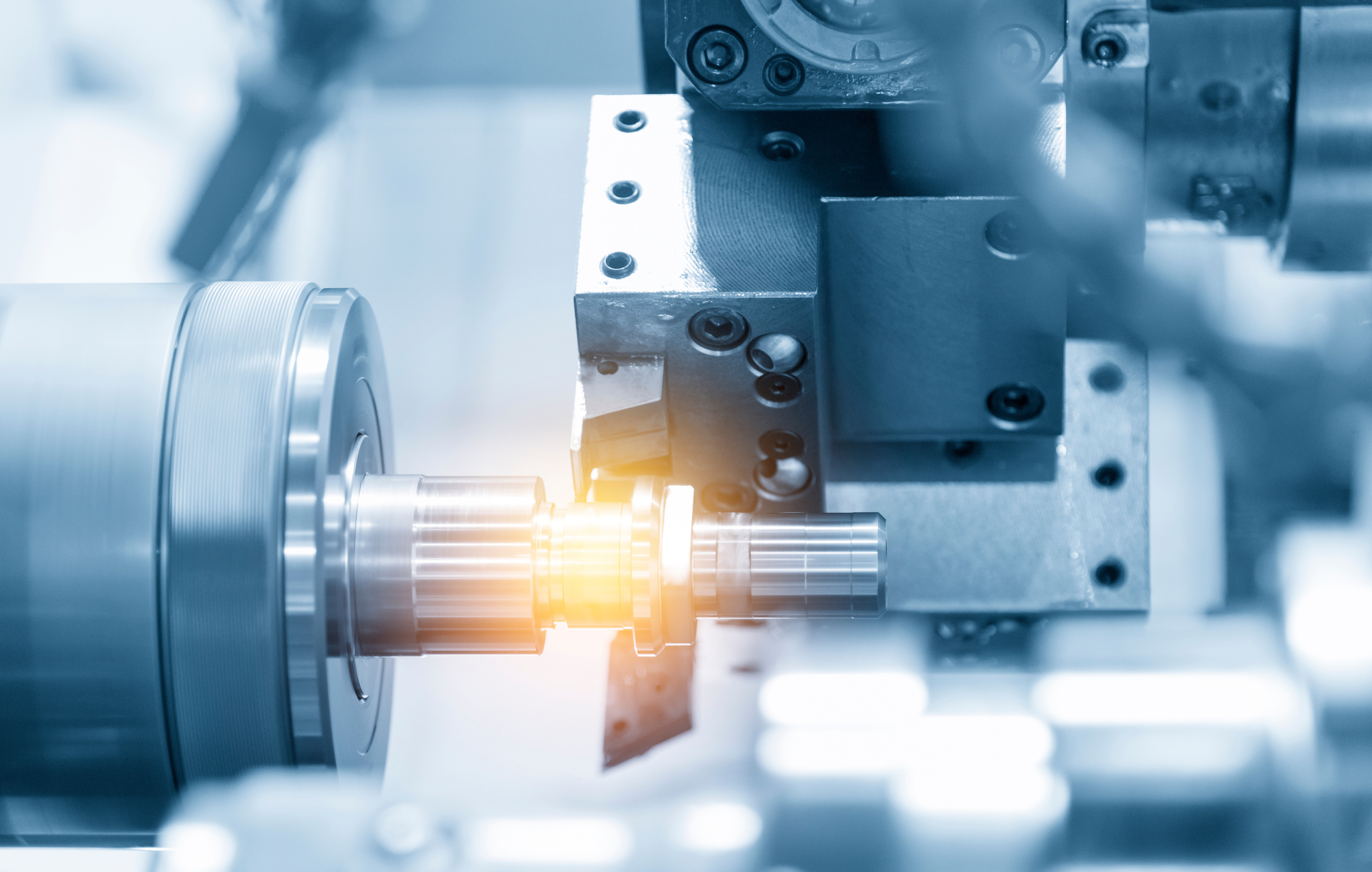
Quality Control at the Heart of Fabrication Success
The best fabrication setups rely heavily on quality control. Coordinate measuring machines (CMM), laser scanning, and in-process inspection tools are standard in high-end Die component fabrication. These ensure compliance with dimensional requirements and detect issues before they affect production.
Moreover, digital quality records improve traceability and accountability. They enable quick root cause analysis when problems occur and support continuous improvement initiatives. With precision as the goal, quality control becomes a dynamic partner in the fabrication process, not just a final check.
Faster Prototyping Without Compromising Accuracy
Speed and precision often seem at odds, but modern Die component fabrication proves otherwise. Rapid prototyping with high-precision tools allows manufacturers to iterate quickly while maintaining design fidelity. This accelerates product development cycles, allowing for quicker market launches.
In addition, digital twins and CAD-CAM integration streamline the translation of design into production. These tools reduce the time from concept to final Fabrication without compromising precision. The ability to produce highly accurate prototypes enables early testing and validation, reducing costly revisions down the line.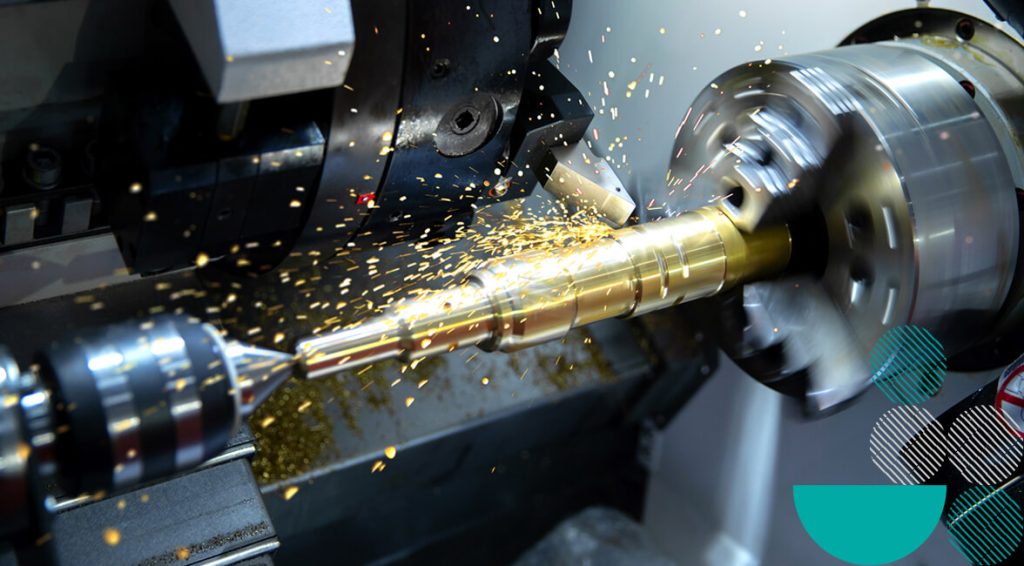
Supporting Scalable and Flexible Manufacturing
Precision in die components becomes even more critical in scalable manufacturing systems. As production ramps up, consistent component quality ensures that the same level of performance is maintained across thousands or millions of cycles. Precision fabrication supports this scalability.
Moreover, it enhances flexibility. With interchangeable and modular die components, manufacturers can adapt to different part designs with minimal retooling. This responsiveness is key in industries where product variation and customisation are growing trends.
Why Precision is So Important for Die Components Fabrication
Die component fabrication with uncompromised precision underpins every successful metal forming operation. From reducing downtime to improving product quality and enabling flexible production, the benefits of precision are both practical and strategic. Investing in high-precision tooling is not just a cost but a long-term gain. It ensures that manufacturers can meet quality standards, adapt to material challenges, and maintain a competitive edge.

